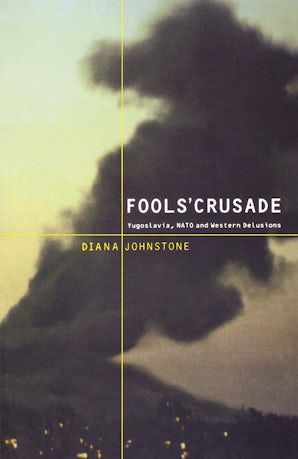Also in this issue
Books by Diana Johnstone
Humanitarian Imperialism
by Jean Bricmont
Translated by Diana Johnstone
Fools' Crusade
by Diana Johnstone



